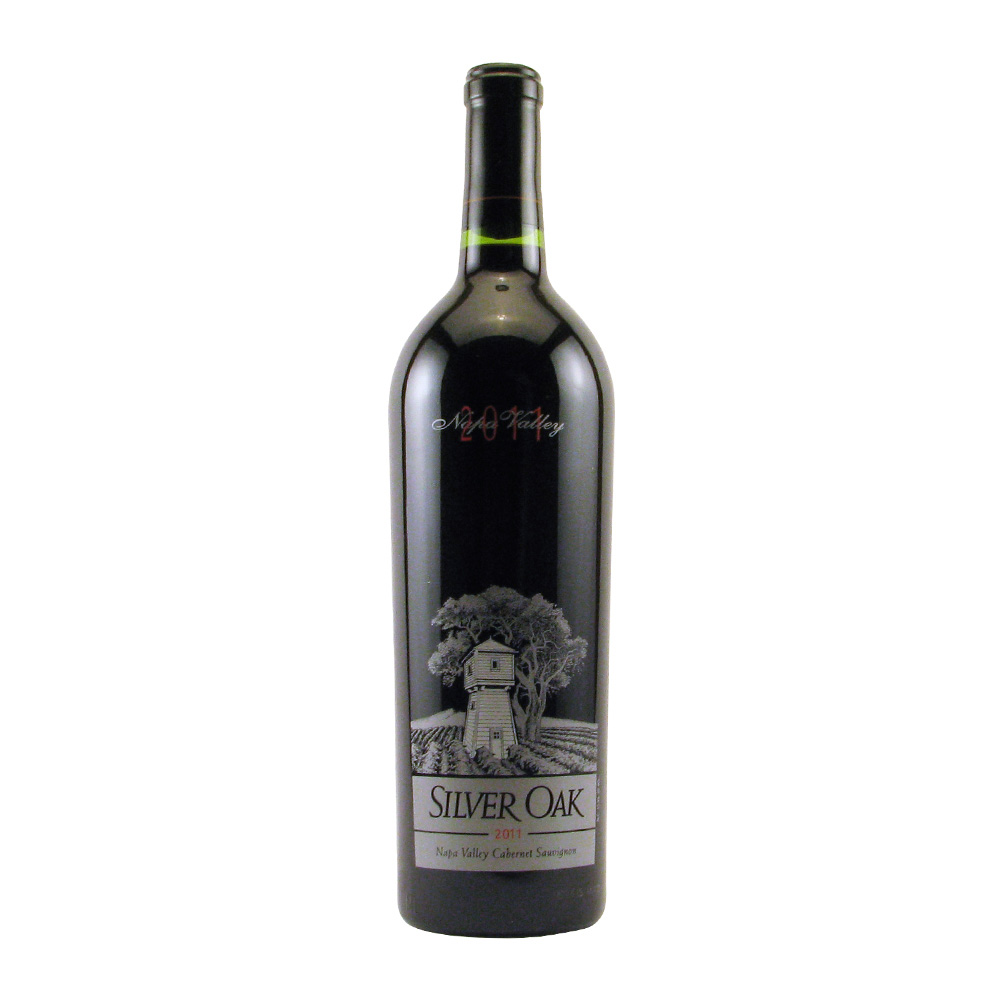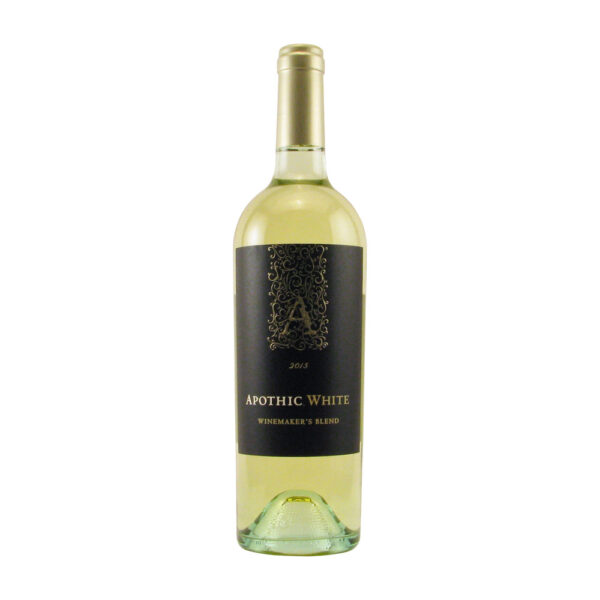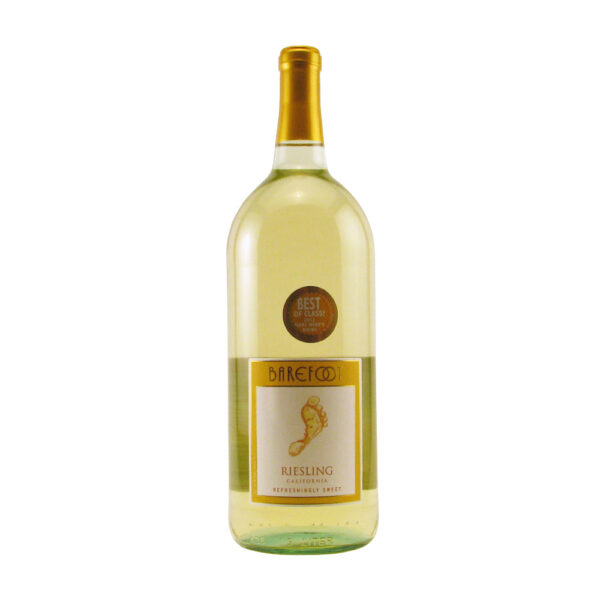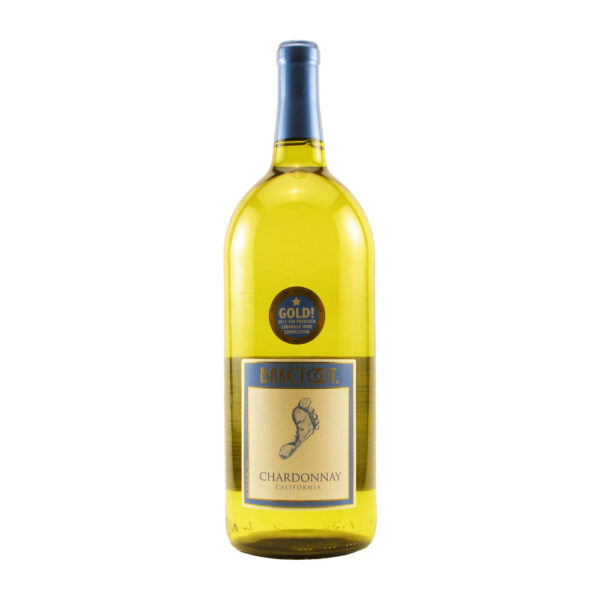Description
Silver Oak Napa Valley Cabernet Sauvignon 2011 750ML
Silver Oak 2011 Napa Valley Cabernet Sauvignon is a bold and elegant dynamic of Napa Valley Cabernet from a cool vintage. The exemplary nose and bold palate make for a perfect combination of intense flavors and a long and smooth aftertaste.
Flavors of vanilla, coffee beans, and raspberries are reinforced by tannins, firm acidity and a mouth-coating texture. Aromas of oak, sweet herbs and spice, black fruits, vanilla, coffee, and red fruits provide a spectacular experience.
With proper cellaring, this wine can be experienced through 2029.
Silver Oak Napa Valley Cabernet Sauvignon 2011 Notes To Your Senses:
- TASTE: Full bodied, tannins, dark berries, red berries, cassis, hint of espresso and vanilla cream on the finish
- AROMA: Red fruits, oak, coffee, sweet herbs, and spice
- APPEARANCE: Opaque Ruby
- ABV: 14.1%
- PAIRING: Buffalo, Veal, Lamb, complex Indian dishes, demi-glazed sauces, dishes infused with thyme, sage, walnuts, and basil
Cabernet Sauvignon:
The style from California is still a trademark today. The concentration of fruits produces rich, lush wines. It’s the highest selling and most popular in the country. While that’s not all, it is the most planted wine grape in the world. So, if this is a new product you’re wondering about, give it a try, it’s a popular and most loved grape for wine!
This well-crafted wine is an offspring of Cabernet Franc and Sauvignon Blanc. It’s higher levels of an aroma compound, Methoxypyrazine makes it noted for the aromas of green peppercorn, black currant, and black pepper. This compound is due to the excessive growth of the leafy part of the vine.
Don’t beat yourself down if you’ve ever thought it tasted close to a glass of Merlot. They are closely related and it’s difficult to even tell the difference for many!
Now, let’s get to the best part of Cabernet Sauvignon, the profile. Since it’s grown in a wide range of climates and regions it has a variety of flavors. Cabernet is a full-bodied red wine with dark fruit flavors.
The taste resembles fruits like black cherry, black currant, and blackberry. Oak is usually incorporated for 9-18 months. It has a medium acidity and medium Tannin. Generally, the ABV is between 13.5-15.5%.
Since Cabernet is a complex and layered wine, the food pairing best for this would be high-fat foods. Charred burgers, mushroom pizza with tomato sauce or a juicy, big ribeye steak, or even braised short ribs.
Red Wine:
Bringing out the best aromas and flavors of red wine can be achieved through the correct storage of temperature, generally between 50 to 55 degrees. Of course, this is a general rule of thumb as it depends on the grapes used when producing wine. There are so many health benefits due to the tannin. Procyanidins are a type of condensed tannin that is found in green tea and dark chocolate. Speaking of health young red wines are better than old as they have more tannin. However, as red wine ages, they become lighter. Very old wines are translucent and pale.
Vitis vinifera originating from Eastern Europe makes up most of the common varieties of red wine. The aromas of red wine come from grapes only. Cherry, berry, jam, and herbs are all from fermented grapes and wine aging in oak barrels. Pretty simple for such a rich, complex, and tasteful wine!
California:
California makes about 90% of all American wine, while it has been harvesting grapes since the 18th century. It’s the fourth largest producer in the world due to its abundance of fresh ingredients and diverse soils, it attracts the most renowned chefs and sommeliers from around the world. Although Chardonnay is the most popular wine in the sunny state of California, Cabernet Sauvignon, Merlot, White Zinfandel and Pinot Grigio are a handful of other favorites.
During the prohibition area, Zinfandel was the wine grape that survived! The winemaker community always follows sustainable winegrowing practices and make sure to produce wine that is environmentally friendly. Don’t worry about the California drought every year, the annual rainfall of wine regions north of San Francisco and in southern regions receive adequate, fresh, rainfall.
Master Sommelier Little Known, Big Facts:
- The color of wine depends on the fermentation extracts using skin, like Red wine as compared to white wine, leaving the skin behind
- The oldest bottle of wine dates back to A.D. 325; it was found in Germany inside two Roman sarcophaguses
- The worst place to store wine is usually in the kitchen because it’s typically too warm, in refrigerators, their warmest setting can be too cold
- Richer heavier foods usually pair well with richer, heavier wines; light wines pair with lighter foods
- Generally, a vintage wine is a product of a single year’s harvest, not when the wine is bottled
- A “dumb” wine refers to the lack of odor while a “numb” wine has no odor and no potential of developing a pleasing odor in the feature
- If a server or sommelier hands you a cork, don’t smell it, look for the date or other information ( mold, cracking, or breaks)
- Tannin is a substance that tingles the gums when you indulge your palate with a sip of wine, it’s an excellent antioxidant
- Smell is by far the most important sense when it comes to drinking wine
- Wine was first developed in Mesopotamia, not France
- French wines are labeled following the soil on which they are produced, not according to the grape used
- When chilling wine, adding salt to ice will cool it down faster
Warnings:
You must be 21 or over to purchase this product
Instructions:
Recommend decanting or store it in the cellar for 5 – 7 years
Serve chilled or at room temperature






Reviews
There are no reviews yet.